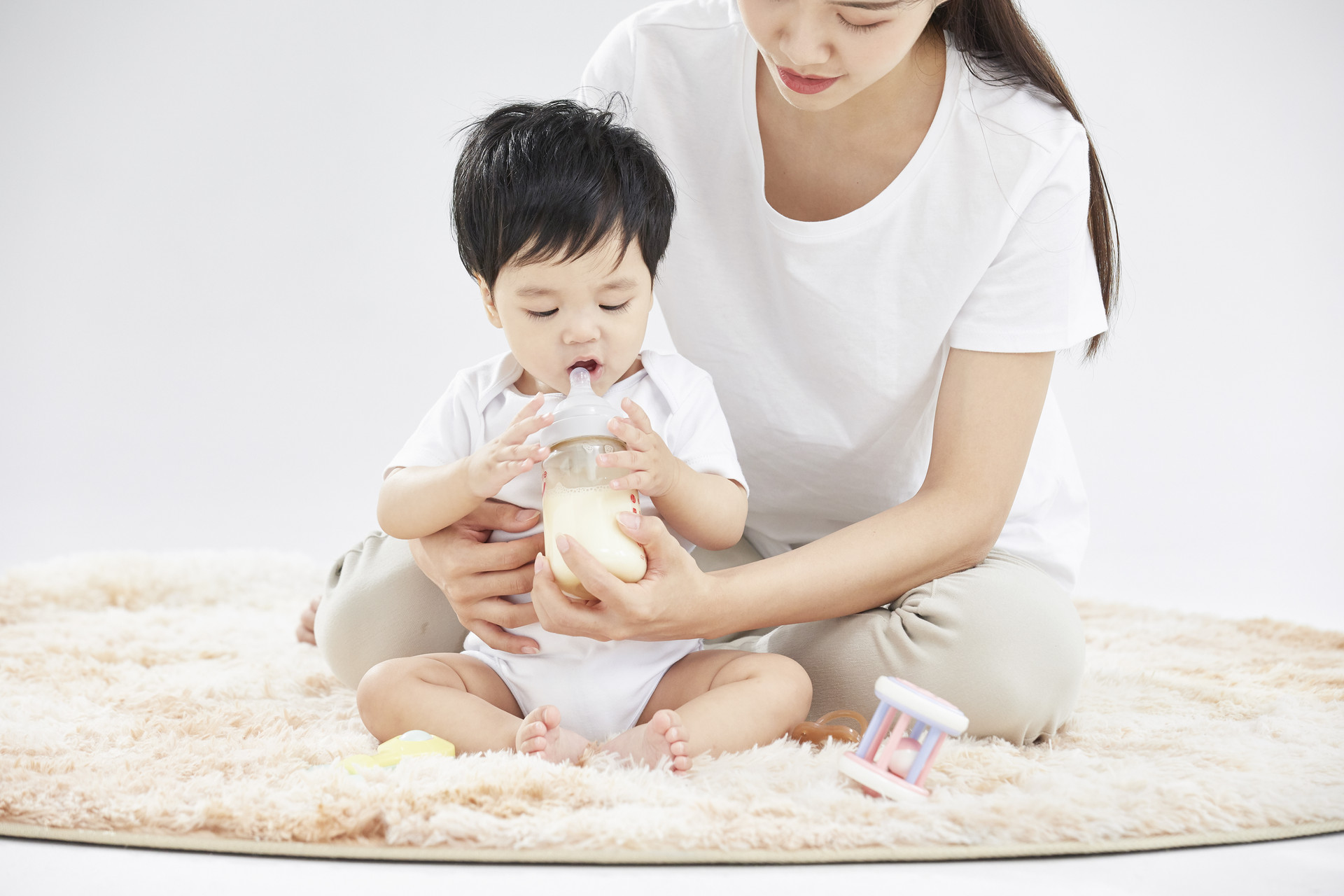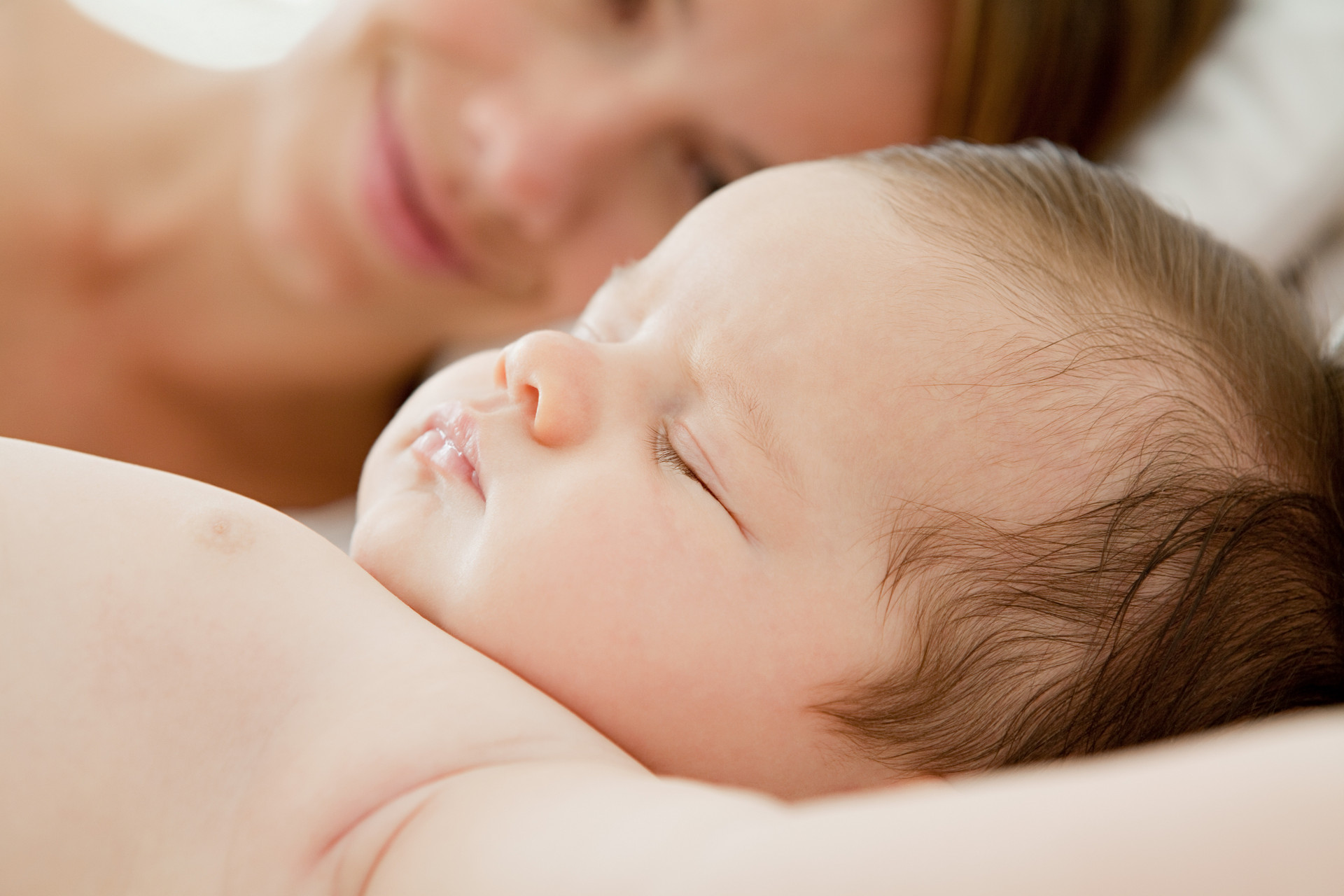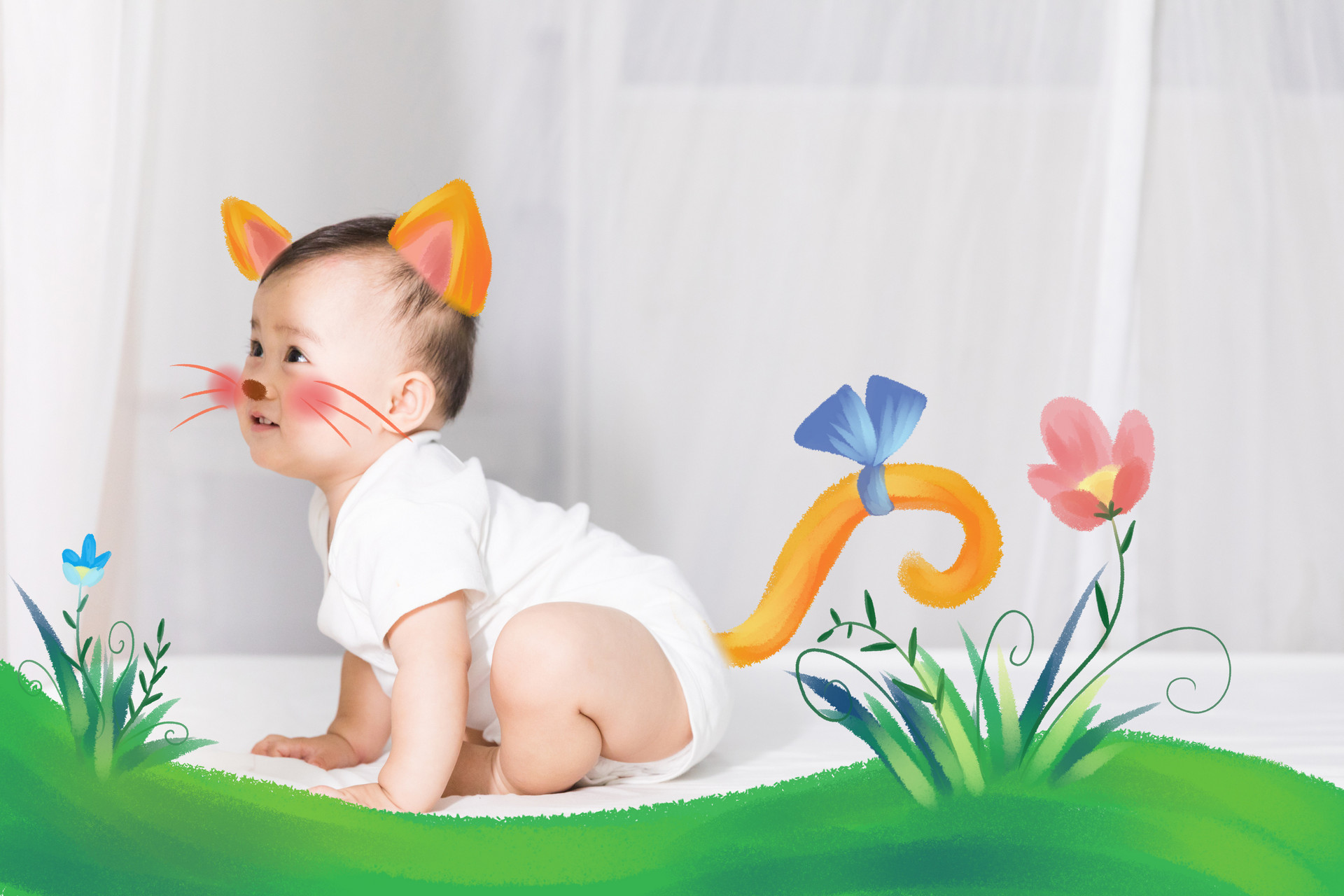Most children's lack of appetite is due to poor spleen and stomach function, which leads to food accumulation. The baby's appetite function is not yet fully developed. If the feeding is improper, it is easy to have symptoms such as abdominal distension, food accumulation, poor appetite, aversion to food, and indigestion. Therefore, mothers should first regulate their child's spleen and stomach.
I. Reasons for poor appetite
1. Insufficient activity, the food is not completely digested, and there is no feeling of hunger.
2. The child has developed a habit of eating snacks, and feels no taste in eating.
3. The child is too tired or overly excited, and feels sleepy or uninterested in eating, which affects appetite.
4. Due to parents excessively spoiling the child, the child uses not eating as a means to achieve what he/she wants.
5. If the child only occasionally has a loss of appetite without crying or being restless, and is in good health, the problem of loss of appetite will gradually improve.
II. How to solve the problem of poor appetite in children?
Increase the child's exercise appropriately, eat regularly, do not force-feed the child if he/she is not concentrating on eating, and even if the child is hungry between meals, do not immediately give snacks.
If the problem is still not solved, it may be due to indigestion.
1. The main manifestations of poor digestion in children are:
There is coating on the tongue, bad breath, acidic stool, vomiting, abdominal distension, restless sleep, etc.
2. How to solve indigestion?
(1) Feeding should be timed and quantified.
Let the baby develop a good habit of eating at regular intervals, and with different diet arrangements, the baby's gastrointestinal adaptability will be better.
(2) Pay attention to maintaining the baby's appetite.
To maintain a good appetite, you must pay attention to the eating environment not being too noisy, and especially not watching TV while eating. Do not force-feed or impose strict restrictions on the baby's diet.
(3) Drink water boiled with hawthorn slices.
Hawthorn contains a large amount of vitamin C and acidic substances, which can promote gastric juice secretion and increase gastric enzymes, thereby aiding digestion.
III. Traditional Chinese Medicine recommends the following dietary treatments to help children relieve anorexia:
① Anorexia caused by irregular breastfeeding:
Chicken inner gold porridge: Fry chicken inner gold over low heat until it turns brown, then grind it into fine powder. Take 100g of japonica rice, add 500-800ml of water, cook until it thickens, then add 3-5g of chicken inner gold powder and a small amount of sugar, and take it warm in several doses.
Hawthorn malt porridge: Take 6-10g of fresh hawthorn and roasted malt, and 50g of japonica rice. First, decoct the hawthorn and malt, then use this water to cook the japonica rice into porridge. Add an appropriate amount of sugar when consuming, 1-2 times a day.
② Anorexia caused by deficiency of stomach yin
Water chestnut porridge: Peel and mash 100g of water chestnut, and take 100g of japonica rice, add an appropriate amount of water to cook into thin porridge over low heat, once a day.
Pear juice porridge: Mash 3-5 pears and extract the juice, take 50g of japonica rice. First cook the japonica rice into thin porridge, then mix in the pear juice, boil once and then turn off the heat, take it once a day.











